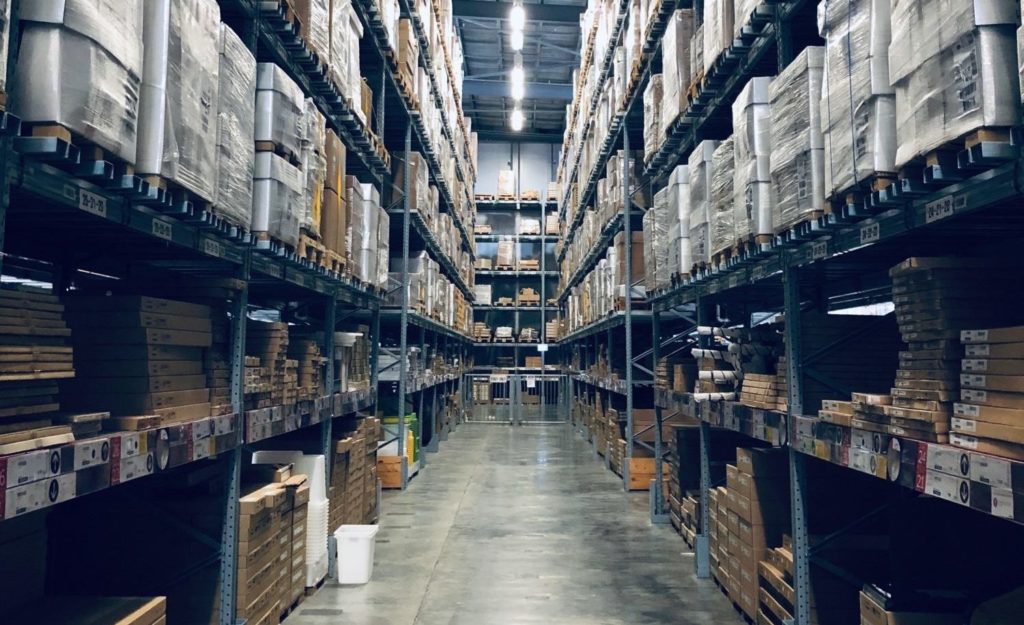Contributed by Amware Logistics, a Gold SUBTA Resource Partner
The subscription economy the single fastest-growing business model today. And within the subscription economy, the fastest-growing segment is subscription boxes.

But as entrepreneurs flood the market with their latest subscription idea, the reality is that a majority of these companies are failing. The reasons are many, but one reason is a lack of focus on product fulfillment operations – the invisible function that gets orders out the door accurately and exactly when promised. Here are four causes of subscription company supply chain failures and how to avoid them.
Mistake #1: Failure to map out fulfillment strategies early on
To most subscription companies, the launch phase is all about demand creation – namely driving traffic to the website, and making sure said website is sexy enough to convert prospects into subscribers. Product fulfillment, on the other hand, is regarded as a necessary evil that attracts focus only when products begin to gain traction in the market.
Big mistake.
While entrepreneurs don’t necessarily have to be 100% hands-on with fulfillment operations, you at least need to ensure you’ve engaged a project manager or fulfillment 3PL who is:
- as passionate about fulfillment as you are about your niche
- a true fulfillment operations expert
Just as important, you need to be confident these individuals or partners have all of the large and small details under control. If not, those details could get out of hand pretty quickly.
Mistake #2: Getting Too Big (or Small) for Your Britches
At some point, a business needs to determine how much fulfillment warehouse space and labor is needed to store, pick, and ship its products to meet demand. In making these decisions, there are a number of traps you can fall into.
OVERBUILDING. Some companies, flush with investment money, build large distribution centers in anticipation of rapid growth. That happened at an energy drink marketer a few years back when the company sunk millions of investor dollars into building fulfillment operations. Unfortunately, sales were well below forecast and the company folded under its debt.
UNDERBUILDING. Bootstrappers may need to handle fulfillment on their own at the start, but some wait too long to seek the help supply chain experts. That happened at a clothing marketer that used its owner’s basement as both company headquarters and fulfillment center. When product demand took off thanks to some good PR, delivery timetables became sporadic. Customers shared their disappointment on social media, and the company lost hundreds of otherwise happy customers – not to mention lots of potential new business.
FAILING TO PLAN FOR DEMAND SPIKES. For subscription businesses, it’s hard to predict if and when accelerated growth will happen. Without a plan to handle volume spikes, you’re asking for trouble.
The right solution to each of these problems could be a third-party fulfillment partner. These fulfillment experts offer an existing infrastructure that can provide the space and labor you need for normal operations, while easily expanding to accommodate growth. Best of all they offer a variable cost model where your fulfillment costs rise and fall with company revenue.
Mistake #3: Setting Unrealistic Expectations
Not too long ago, the CEO of a growing marketer of jewelry wanted to move the company’s fulfillment operations from the Southeast to Dallas. The move didn’t make a lot of sense in terms of speed-to-customer, and the timeline was aggressive given that peak season was approaching. However the marketer’s 3PL didn’t want to rock the boat by articulating its concerns. Instead, it did its best to please the determined CEO. In the end, major issues surfaced with inventory and order accuracy at the new facility, and the planned move was cut short – as was the CEO’s employment.
Who was to blame in this scenario? The CEO? Actually, no. While the boss had a firm understanding of what he wanted to do and why, it was the 3PL that better understood the HOW. As operations experts, they knew that plan had a huge potential for failure and should have raised the red flag early and developed an alternate plan.
Mistake#4: Avoiding tough discussions with fulfillment partners
When subscription companies first sign up with a fulfillment partner, it’s rare that the two companies talk in detail about what happens should things go wrong. But actually, your business’s long-term prospects will be better if you’re willing to ask questions like the following up-front – or as soon in the game as possible:
- What levels of performance is acceptable on key metrics like order accuracy?
- Who owns responsibility for correcting mistakes?
- What actions should be taken to remediate problems?
- Who will be liable financially?
Will addressing these issues be comfortable? No. But it beats the uncomfortable alternative of trying to resolve operational issues on the fly – and when emotions and pressures are high.
Get your subscription business supply chain right, from the start
The subscription business model is hot and offers a very lucrative business opportunity. But as it becomes more and more difficult to achieve market differentiation based on product quality and price, success will increasingly depend on a well-oiled supply chain.
Invest time and resources to get it right from the start, or pay the price later.
—

Written by Amware FulFillment, a SUBTA supplier that specializes in warehouse fulfillment services for direct-to-consumer brands.
